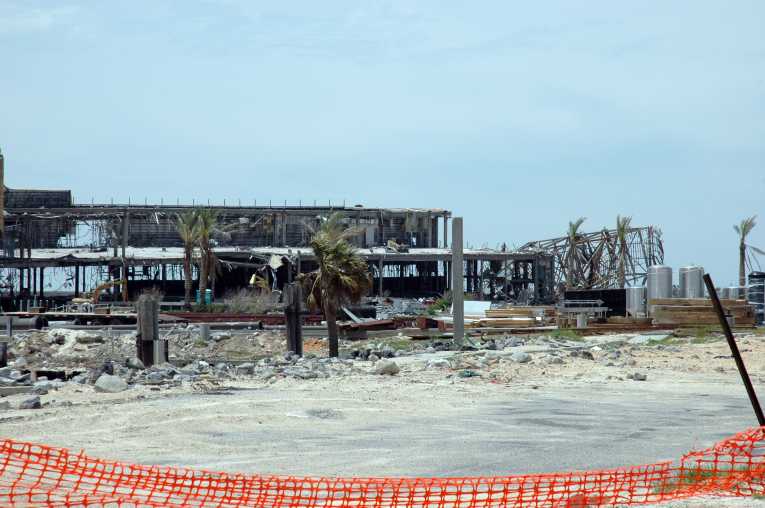It is clear by looking at historic records that the world has always experienced extreme weather events and climatologists tell us that we should reasonably expect to experience these up to 5% of the time.
Taking a few random 20th century examples of extreme weather:
The last ten years seem to have had more than the usual share of extreme weather events.

Image: Fruit Bats.

These are just four examples of extreme weather events occurring in the past ten years, but they are by no means isolated events. Since 2000 there have been a whole series of summer heat waves, winter freezes, tropical cyclones, tornadoes, wildfires, floods and everything else in between.
It is small wonder that people have begun to question whether or not this apparent increase in extreme weather events is due to changes in the world's climate pattern. The problem facing meteorologists is that extremes are not particularly good indicators of trends.
More comprehensive weather recording and enhanced awareness arising from current concerns about climate change means that events that in the past would have probably gone unnoticed are now widely reported. This lack of comprehensive historic record makes it very difficult to make accurate comparisons between past and present trends.
Weather forecasting, we are always being told, is an imprecise science. The problem facing scientists is deciding which weather indicators are useful and which are not. EUMETNET have set up the Meteoalarm website for extreme weather alerts in Europe.
There is still much that is not understood about the Earth's climate pattern and the various factors that influence our weather. However there is a strong and credible body of evidence, based on multiple lines of research that indicate a trend towards global warming.
This warming might well be part of a natural cyclical process. We know that the Earth experiences warmer and colder periods, but a careful scientific consideration of current available evidence convinces scientists that these changes are in a large part caused by human activities as larger amounts of greenhouse gases are released into the Earth's atmosphere.
Given that the world's climate is changing, the next question to be answered is whether or not the recent run of extreme climatic events is as a result of this, or whether it is purely coincidental.
In its publication: Weather extremes in a changing climate: Hindsight on Foresight the World Meteorological Organisation (WMO) points out that the years 2010, 2005, and 1998 rank as the warmest on record, with the last ten years also being the warmest ever recorded. It was also a decade marked by numerous weather and climatic extremes that were unique in both strength and impact.
WMO concedes that while it is impossible to say that an individual event was ''caused'' by climate change, it is reasonable to anticipate that the magnitudes, frequency and duration of extreme weather events are likely to be altered as the Earth's atmosphere warms due to the increased concentrations of greenhouse gases.

The problem now faced by the world is what are we going to do about it?
Climate change is regarded as inevitable and there is nothing anyone can do about it. Switching off all emissions will not stop global warming, but if we can reduce the amount of greenhouse gas that we send into the atmosphere, this will reduce the pace of warming and slow down the number of extreme climatic events.
The world is highly vulnerable to meteorological extremes and the reduction of this vulnerability should be an essential target in the process of adapting to climate change, says WMO. Nations need to strengthen their research and their observing and monitoring capabilities. It is important to develop new methods if climate early warning and capabilities for climate system monitoring. And as a matter of urgency this should extend to the advancement of facilities in developing countries.










